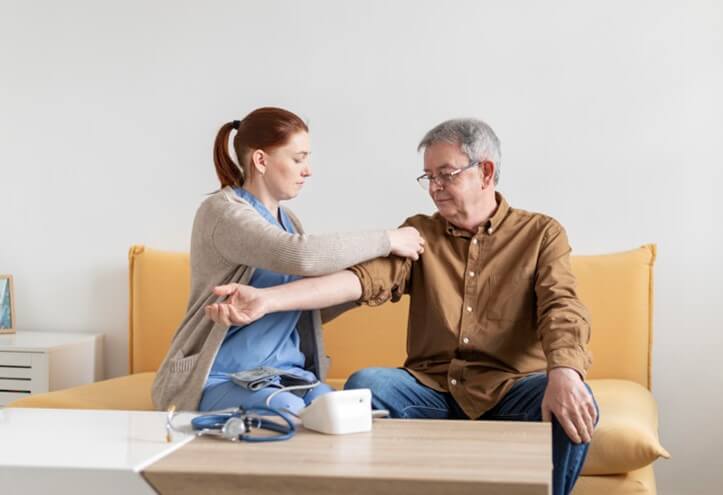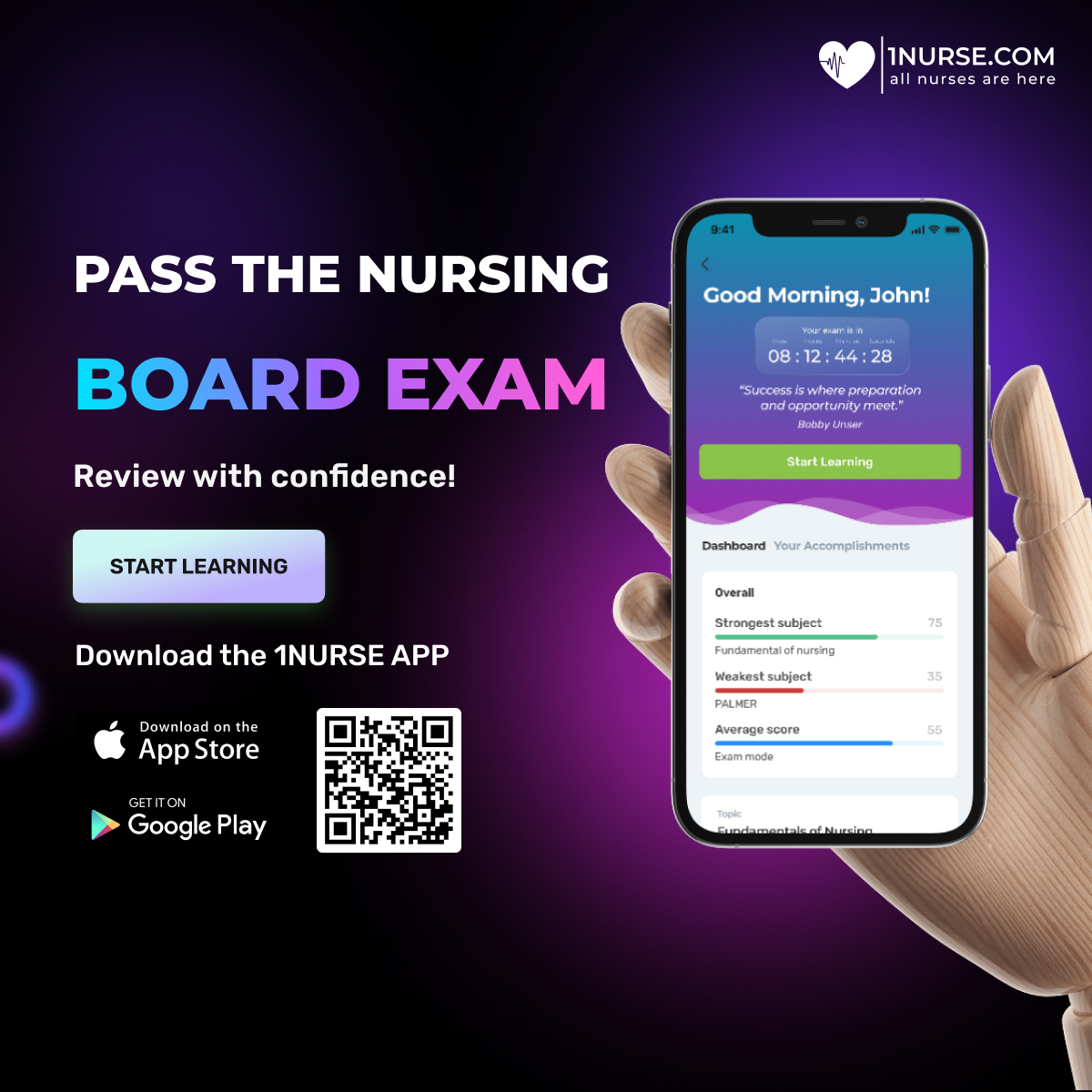A patient who is ill and seeks assistance may be experiencing a wide range of emotions. They may have worried about the effects of their disease and been fearful of this moment for some time. Their entire life may have been flipped upside down. While it might seem like a normal mechanical contact to nurses and other healthcare professionals, for the patient, it could mean the difference between life and death. As a result, a significant number of patients will feel a little uneasy when they visit a healthcare provider. It's crucial that nurses are aware of this. They can perform their duties considerably better if they do this.
Nursing contribution to patient and family comfort.
The physical and emotional comfort of patients and their loved ones is greatly influenced by nurses. Patients are more likely to be better healthcare managers and have greater faith in their healthcare team when nurses exhibit attention, empathy, and understanding. Faster diagnoses, more effective treatment plans, and better patient outcomes are all products of good provider-patient interactions.
There just isn't enough time during shifts to have in-depth interactions with each patient given the rising patient population and expectations in healthcare systems. But spending more time might not be the only or best course of action.
Body language is important in nursing communication.
In order to effectively communicate a message, it's crucial that your facial expression matches the vocal content being delivered. For instance, try to hide your anxiety from patients when you are worried about your commute or other issues not related to work. Because patients are unable to read minds, they may mistakenly believe that you are worried about them or their illness based on the way you look at them.
The hands are perhaps the most difficult part of body language to learn. Various messages can be sent to the individuals with whom one is speaking by what their hands are doing. Pay attention to what happens with your hands when you're feeling tense or uncomfortable. When speaking, keeping your hands still will help you avoid interruptions and ensure that your body language matches your speech.
Turn to the patient - Converse face to face
Considering how frequently nurses multitask, this is frequently easier said than done. It can be challenging to even face patients while reading records, taking notes, setting up equipment, and making modifications of practically every type.
Be mindful that long durations of turning away from the patient can create the appearance that you are doing so on purpose. Patients are more likely to experience feelings of isolation and avoidance because they frequently feel defenseless and helpless.
A tangible method to let patients know they aren't invisible is to face them. When it's unavoidable to look away, be careful to briefly explain why so patients feel involved in the procedure.
The effectiveness of nonverbal cues.
Understanding and utilizing nonverbal communication, or body language, is a strong skill that can support mutual understanding and respect between healthcare providers and patients. Using nonverbal cues, nurses can express their feelings and offer emotional support. As a result, they play a crucial part in fostering a relationship of trust and rapport with patients and their loved ones.
The improper body language can easily overpower the spoken word, preventing the patient from hearing (or accepting) crucial medical instructions and information that they require. On the other hand, if you want patients to feel at ease in a difficult situation, understand what you are saying, and trust you and your medical suggestions, concentrate on both your verbal and non-verbal messages.
Download the app for easier use









